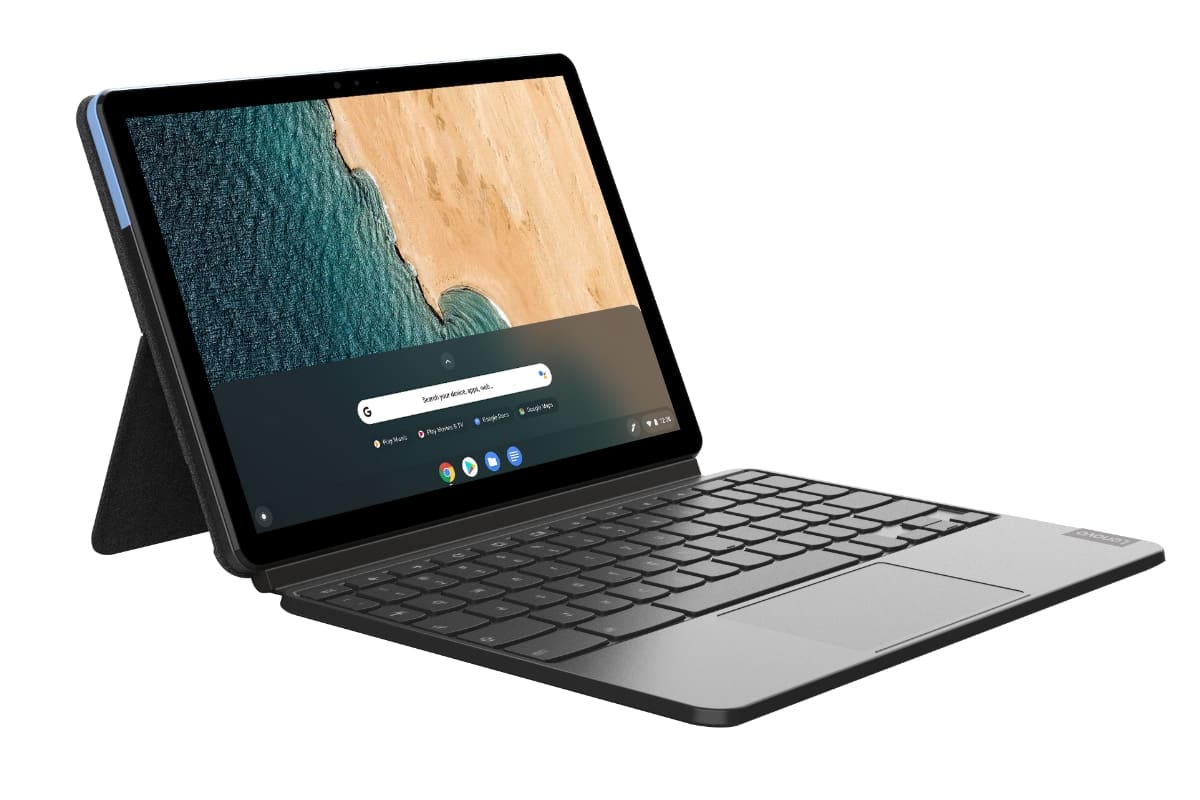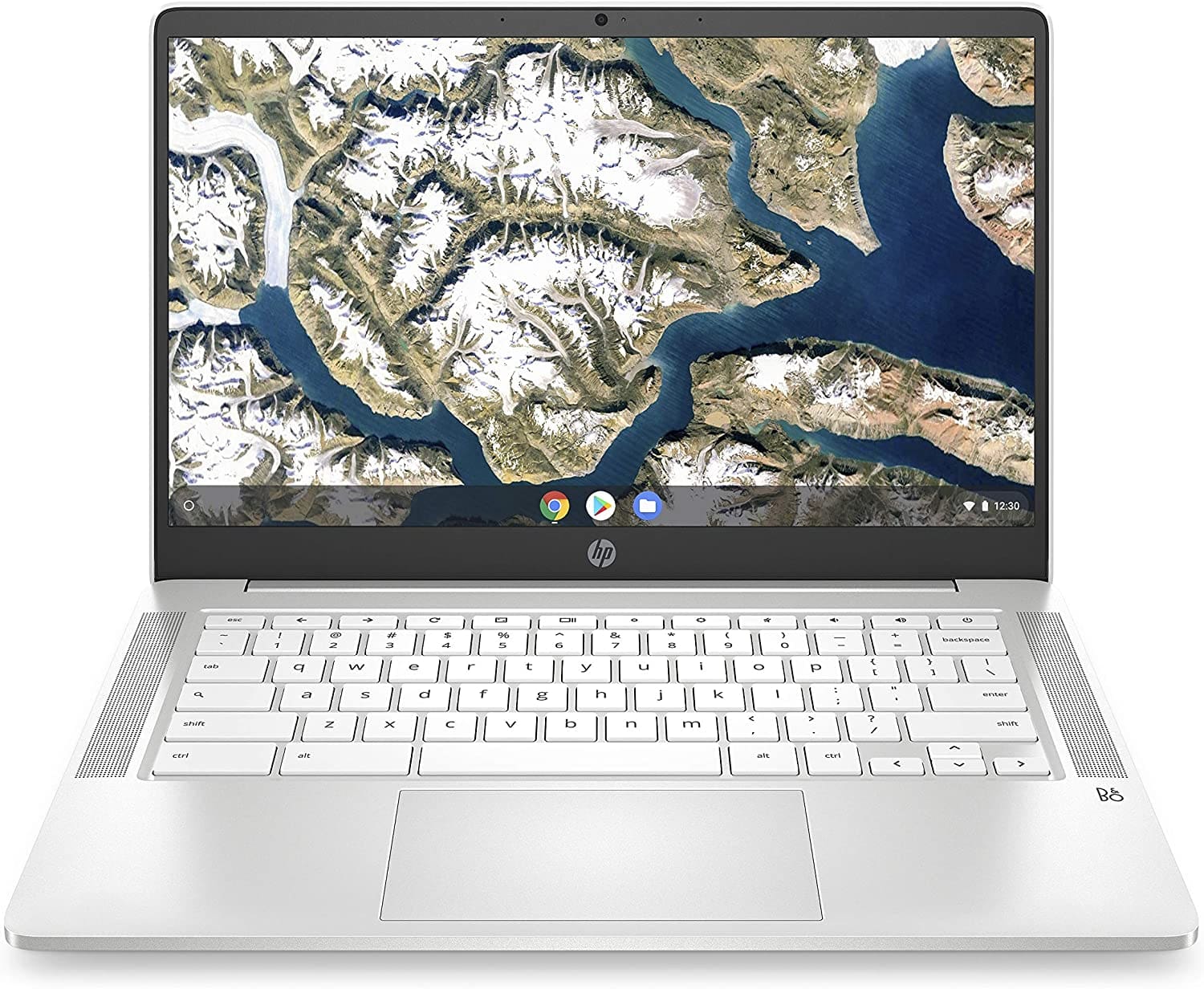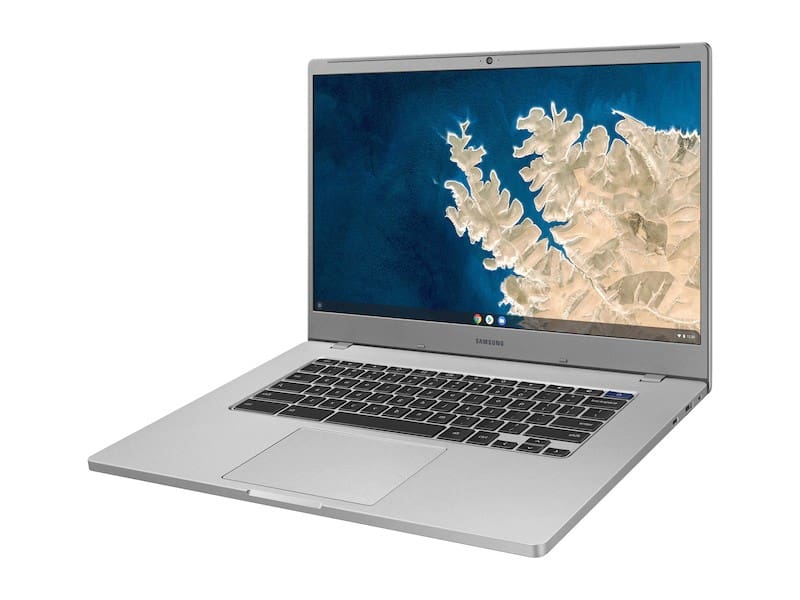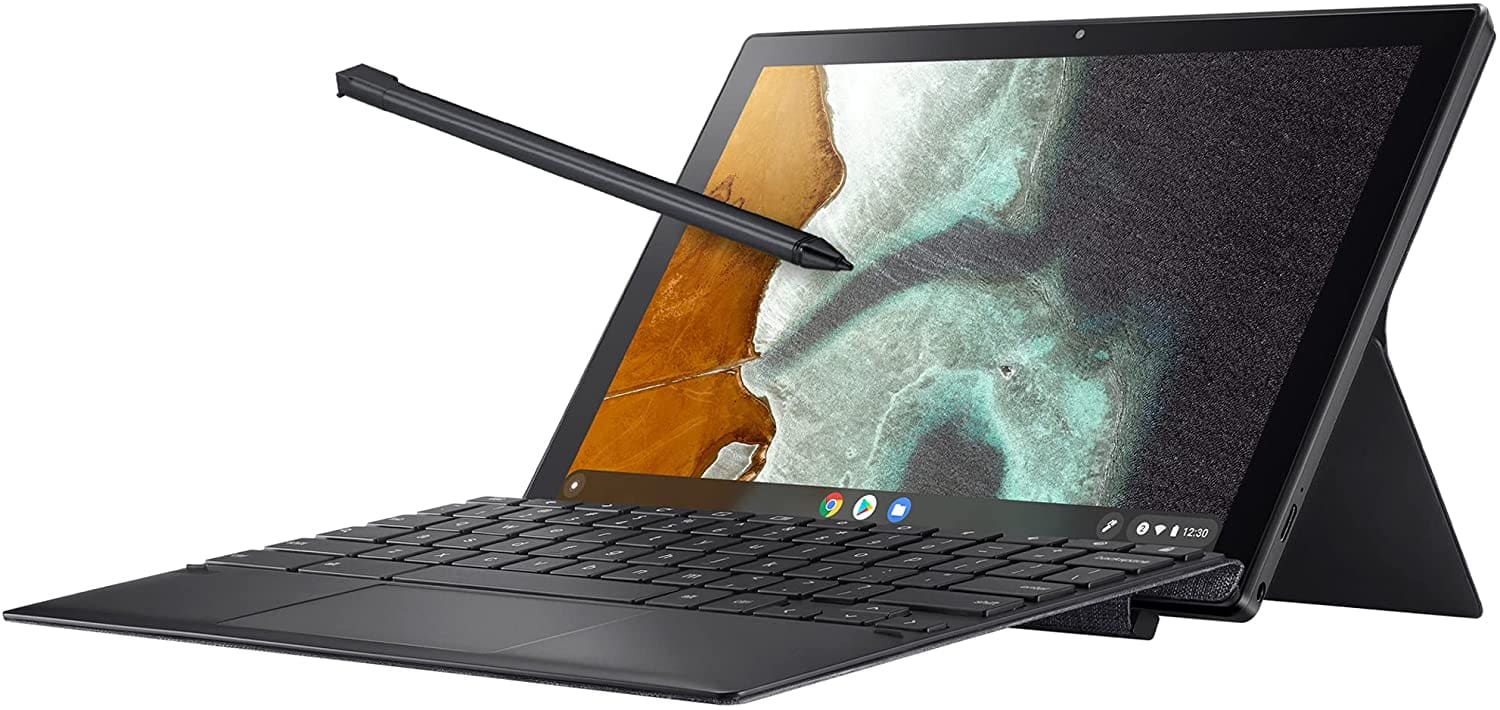ChromeOS is anonymous with the word “affordability.” Sure, there are the likes of the HP Elite c1030 Chromebook and the Dell Latitude 7410 Chromebook now that set you back north of $1000, but that doesn’t take away the fact that Chromebooks are generally affordable. You don’t have to break the bank to get yourself one of the slick devices; this guide will discuss that.
If you’re out in the market looking for an inexpensive new Chromebook, let our cherry-picked collection of the top 5 Chromebooks under $300 in 2022 formulate your purchasing decision. Some of the forthcoming picks are too good to be true, so make sure you read until the end for the best results. Let’s take a close, hard look at these Chromebooks without further ado.
- Trending on Chrome Ready: How to maintain your Chromebook and extend its life.
5 of the best Chromebooks under the $300 mark
The following is our round-up of the five best cheap Chromebooks you can purchase immediately. All the devices mentioned ahead have had their Auto Update Expiration (AUE) date checked so that you won’t be diving into any outdated Chromebook from the following picks.
1. Lenovo Chromebook Duet

Lenovo Chromebook Duet
Starting off this list is the ever-terrific Lenovo Chromebook Duet. This is a Chromebook that had no business, costing users around $250 when it first came out. The story is even better now. You can find the Duet even cheaper than its MSRP on marketplaces like Amazon.
Thanks to its convertible form factor, the Lenovo Duet comes with a detachable keyboard and a kickstand back-cover without any additional purchase. The 5-point pogo pin and magnet design work exceptionally well on this device. When you put it together and turn it into a clamshell laptop, you get unmatched versatility with the device capable of being used in various modes.
On the other hand, the screen isn’t what one would typically expect from a Chromebook like the Duet. Let us clarify that the value proposition is starting to get unreal. The 10.1-inch FHD (1920 x 1200) IPS display with a 16:10 aspect ratio makes a fantastic impression right out the gate. The PPI (Pixels per inch) looks excellent, has spectacular viewing angles, and has rich and vivid colors.
2. HP Chromebook 14

HP Chromebook 14
The HP Chromebook 14 isn’t going to turn heads most of the time, but the device never disappoints when it comes to being a workhorse. It’s a reasonably average-looking device with the admirable build quality. Even though it’s made out of plastic from head to toe, and there’s no sign of aluminum or any other metal, one would promptly think of it as cheaply made. However, the truth couldn’t be further from the fundamental question.
This device seems to have been put together quite profoundly, attributing to a firm and solid handling experience. Subsequently, the plastic trackpad feels somewhat textured and resistant to oil. It’s wide enough and has adequate smoothness to its name. In conclusion, the trackpad is not poor in quality and doesn’t try to have that pseudo-glass characteristic in an imitating way.
Instead, it just stands on its own and amounts to a good experience at the end of the day. Next up, we have the battery runtime of the device to cast a lens on. The battery life of the HP Chromebook 14 isn’t top-end, giving in around 8-10 hours of runtime with mixed usage.
These are pretty good figures for ChromeOS, and since you’re getting a USB-C charging port, you can expect your device to charge up quickly. There’s a 2-cell, 47.36Wh Li-ion battery inside the HP 14, and the manufacturer claims that this Chromebook can last 9 hours and 15 minutes. The device has its AUE date extending up to June 2029, so you’re pretty much set to purchase this Chromebook 7 years from now.
3. Samsung Chromebook 4+

Samsung Chromebook 4+
The Samsung Chromebook 4+ might come off as not that appealing to many, but the price point at which it is available right now makes it a must-have Chromebook, especially for students. The specs that this device packs are too good to pass up. We’re talking about 32 GBs of eMMC flash storage and a 4 GB RAM combination. The processor here is the efficient N4000 from Intel’s Celeron lineup, capable enough to handle rigorous use on the web.
The I/O is satisfactory as well. There are two USB-C ports for up-to-speed charging and data transferring and a USB-A port to keep legacy devices connected. The standard 3.5 mm headphone jack can also be seen slapped on the device, and a utilitarian MicroSD card slot reader can also be used to expand your storage options.
However, while there are some aspects where the Chromebook 4+ truly shines, there are others where it embarrassingly stutters. The display, for one, is outright poor. The viewing angles are dismal, colors seem washed out, and the brightness isn’t something to vouch for either. Nevertheless, to put a shard of positivity next to this screen is enormous. It has a 1920 x 1080 resolution, making the whole affair reasonably manageable for those who aren’t too screen-savvy.
4. Asus Chromebook Detachable CM3

Asus Chromebook Detachable CM3
The Asus Chromebook Detachable CM3 is a 2-in-1 marvel with a stylus. It sports a fantastic 10.5″ FHD (1920 x 1200) touchscreen-enabled WUXGA 16:10 aspect ratio display which, to our surprise, has turned out to be nothing but impressive. The colors on the screen look sharp, the texture quality is fantastic, and the brightness caps out at 320 nits which is more than enough for a wide variety of settings.
Therefore, no matter if you’re on the fly with the CM5 while working outside on a sunny day, the display, resolution, and overall quality will not disappoint you. As for the CPU, the Chromebook employs a MediaTek Kompanio 500 (8183) 2.0 GHz processor with a 4 GB RAM and 64 GB hard drive storage setup.
There’s another configuration available for this device where the RAM goes up to 8 GB, and the storage is increased to 128 GBs of space, but that doesn’t belong to the under $300 club.
When it boils down to the battery life of the ASUS Chromebook Detachable CM3, you will love what this piece of tech has to offer you. The 2-in-1 convertible can last up to 14 hours if you pit it against a video streaming test and anywhere from 11-12 hours for everyday use. These figures are seamlessly best-in-class in the ChromeOS space.
5. Lenovo Chromebook 3

Lenovo Chromebook 3
The Lenovo Chromebook 3 revitalizes the commonly understood concept of cheap products having substandard quality. This device has a reasonably decent build, beautified with a two-tone color scheme. The Onyx Black color with the textured finish looks respectable for this sub $150 Chromebook.
It is made out of plastic, which is nothing but fair, but it’s still not the low-grade kind that makes you call out the low-end quality of the device. Regarding the keyboard deck, Lenovo does not disappoint us and upholds its reputation. It’s just as we had expected – nice and firm with good clickiness and travel.
It’s comfortable to type on, which is a big surprise considering its price tag. Again, it’s not something up to the standard of the Google Pixelbook Go, but it’s still better than a bevy of other Chromebooks that come under the incredibly low budget of $200.
Conclusion
ChromeOS is loaded to the brim with functionality. With each passing week, something new gets planned for this operating system. It may be a quality-of-life touch or a significant improvement by switching up some facet of the minimal yet alluring user interface. Then arrive the swath of experimental flags for Chrome and ChromeOS, such as being able to toggle on the Calendar View feature to improve the usability of the device.
It’s worth picking up a Chromebook in 2022 for various purposes, whether online gaming or employing the functionality of tip-top Linux applications on the go. With that said, it doesn’t necessarily cost an arm and a leg to own a Chromebook either. We’ve laid it out descriptively in this guide that you can get top-quality Chromebooks for under $300 if you’re willing to put in the effort in research.
Please let us know which device you ended up with in the comments section. As always, Chrome Ready wishes you good luck!
- Before you leave: How ChromeOS is great for gaming.
